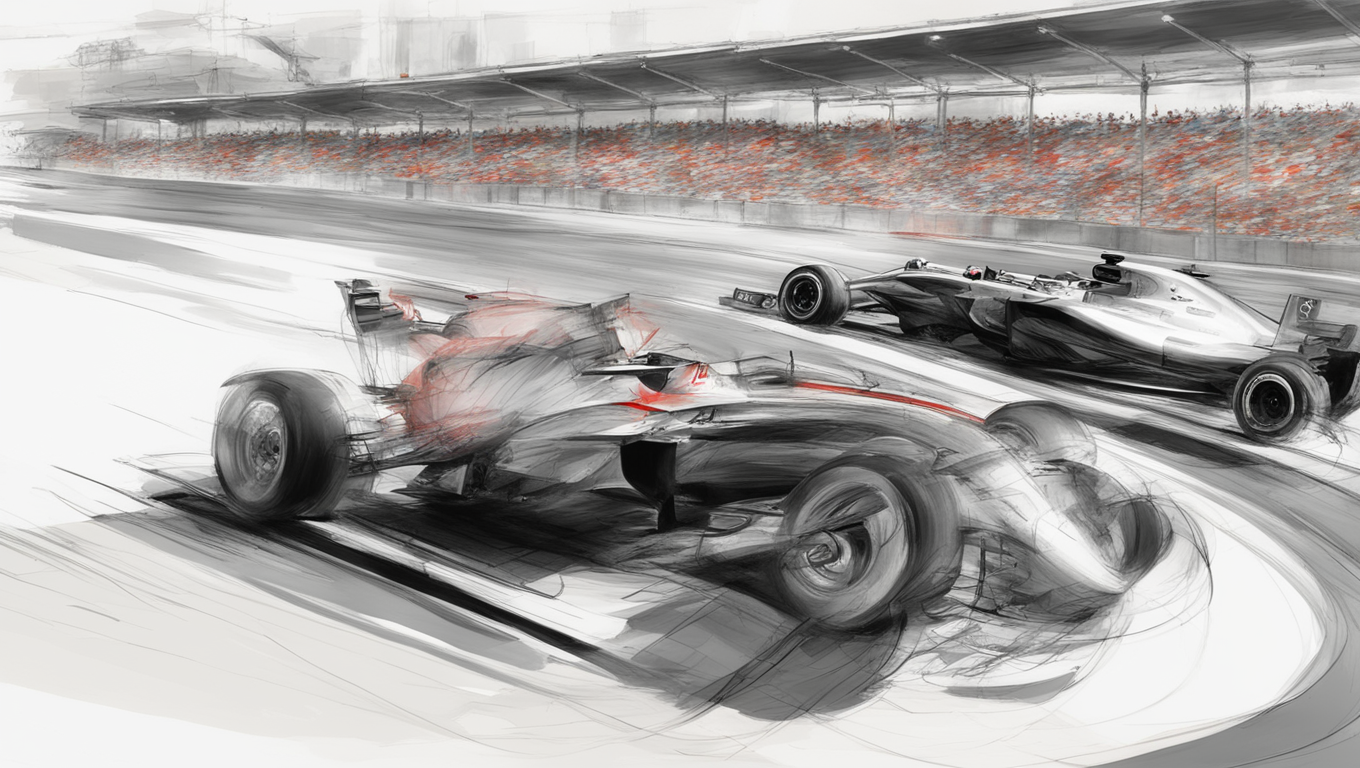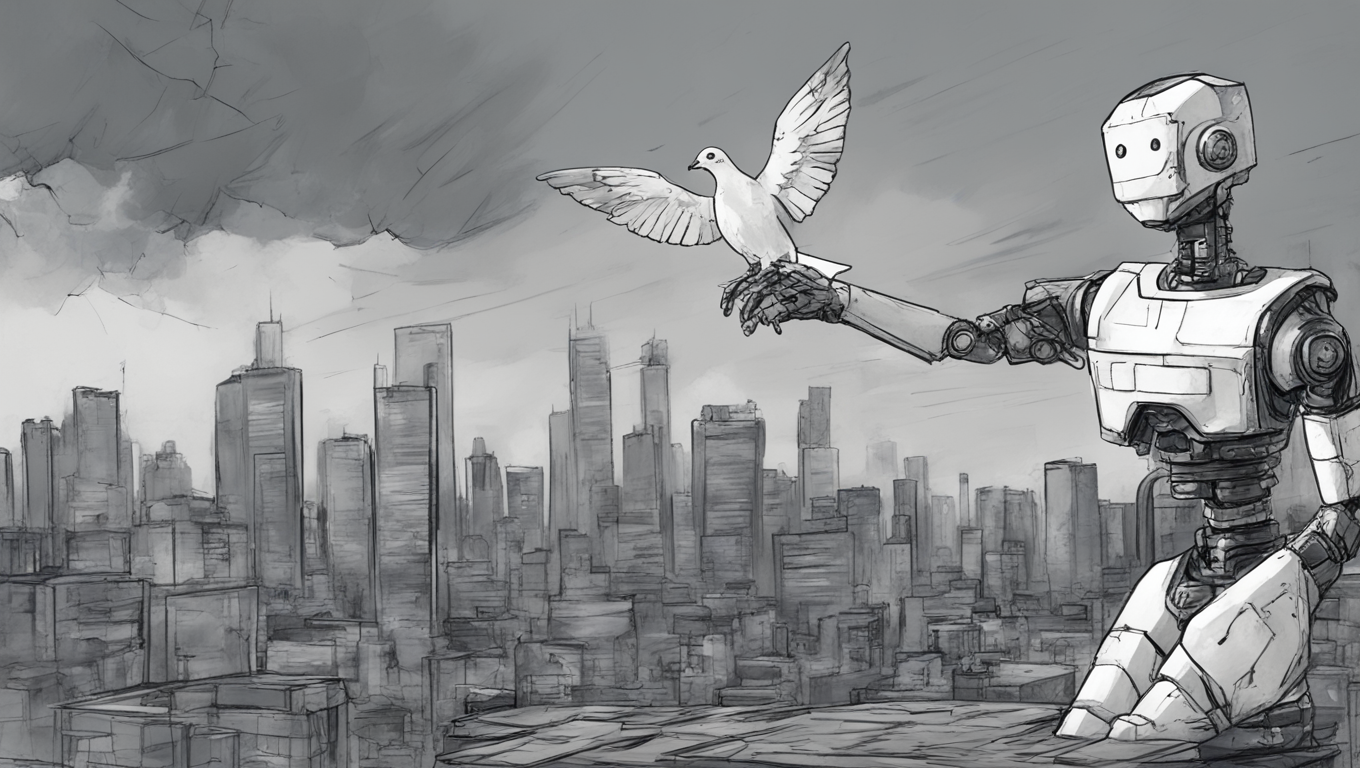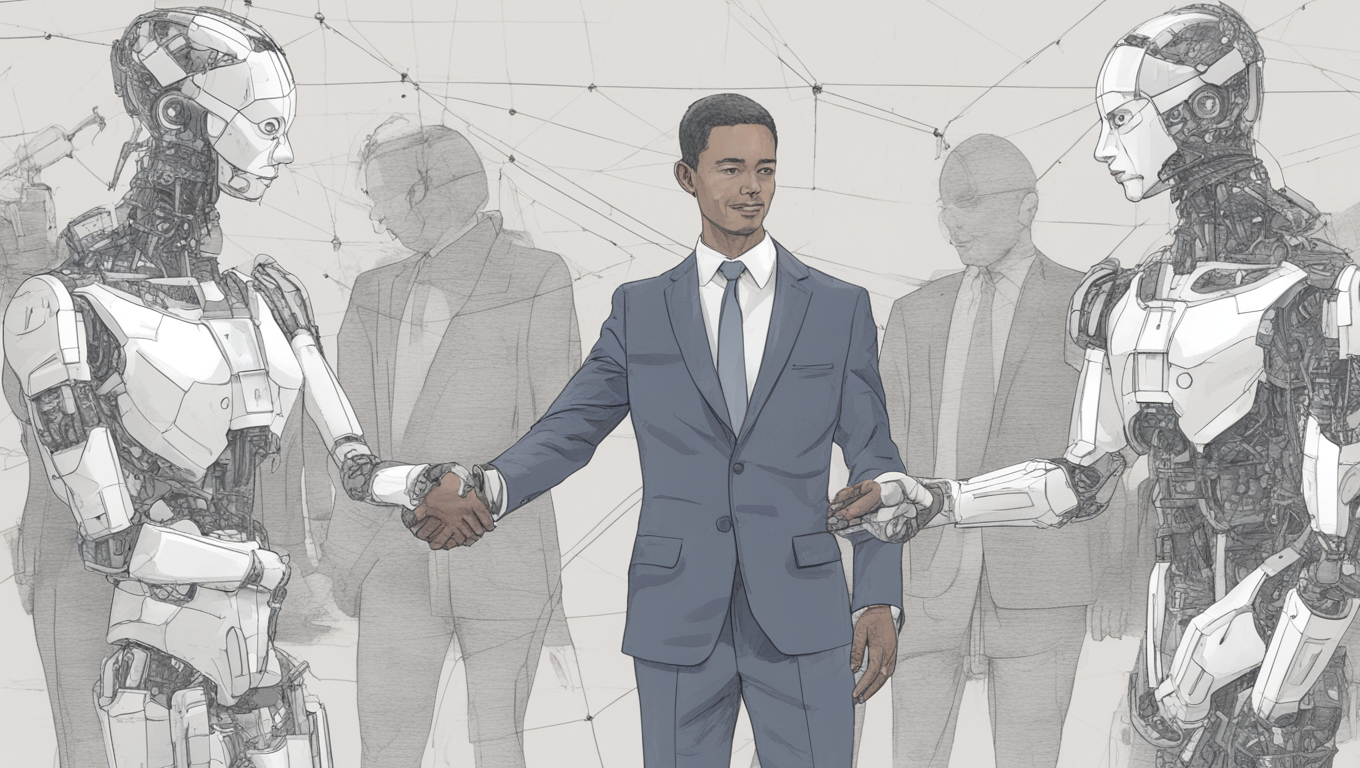Picture the electrifying roar of Formula 1 engines, the blur of cutting-edge machinery hurtling around the track, pilots wrestling with forces that would flatten mere mortals. Yet, amongst this symphony of speed and precision, a technological maestro is poised to take the stage.
In the fast-paced dance of metal and might, track limits have long been a contentious chorus. Boundaries defined by white lines are the margins of glory or the whispers of defeat, as laps are won or deleted by the smallest of margins.
However, change is upon us, as the World Motorsport Council takes a bold leap into the future. In the opulent climes of Abu Dhabi, where the sun blazes upon the Yas Marina circuit hosting the season’s grand finale, a new player emerges onto the scene—artificial intelligence.
The Curtain Rises on Computer Vision
The FIA, Formula 1’s guiding hand, unveils ‘Computer Vision’, a technology destined to redefine the very notion of precision and fairness. “We’re embracing an innovation that has already shown its merits in fields as critical as medicine,” explains Tim Malyon, the FIA’s head of remote operations. The same algorithms that assist in parsing through endless reams of cancer screening data now repurposed for motorsport.
Imagine a system that does not sleep, does not blink, an impartial arbiter assiduously scanning the racetrack with unwavering vigilance. This is precisely the role Computer Vision aspires to fill. “We’re tailoring this technology to filter out the clear-cut cases,” says Malyon, illuminating the parallel with medical diagnostics. “This allows the well-trained eyes to focus on the nuanced cases that matter.”
A Story of Trials and Tribulations
Previously, mere mortal stewards laboriously perused countless hours of footage. They were the unsung heroes behind the scenes, discerning right from wrong, legal from illicit. Theirs was a Herculean task: The Austrian Grand Prix saw them sifting through around 1,200 potential infractions, consequences rippling hours after the checkered flag had dropped.
By the time the circus arrived in Qatar, an eight-person team grappled with over 820 corner passes, yet even they could not catch every indiscretion. These growing pains were felt most acutely at the U.S. Grand Prix in Austin - a testament to the sport’s continual evolution and the need for a solution as elegant and efficient as the very machines racing around the asphalt.
With Computer Vision, the FIA sets its sights on a future where not a single infringement will slip through the net. “The goal is to reduce the workload and escalate only the incidents that truly require human insight,” Malyon elucidates.
Embracing a Robotic Future
The journey does not end here. The deployment of these digital eyes is but the first lap in a long race toward a future where technology and humanity coalesce. “Investment in software is paramount,” Malyon asserts. “This is how we’ll propel our sport into new echelons of fairness and excitement.”
In the grand ballet of F1, the human touch has long been king, but as we stare into the horizon, the promise of real-time, automated systems looms. They pledge a realm where justice is meted out in milliseconds, where controversy gives way to clarity.
As the engines roar to life in Abu Dhabi and rubber grips tarmac, a narrative unfolds not just of speed and skill, but of innovation and improvement. The FIA charts a course towards uncharted territories, with AI as its co-pilot, navigating toward the next chapter in racing history, where the perfect synergy of man, machine, and machine learning redefines the limits of what’s possible on the Formula 1 track.





Use the share button below if you liked it.